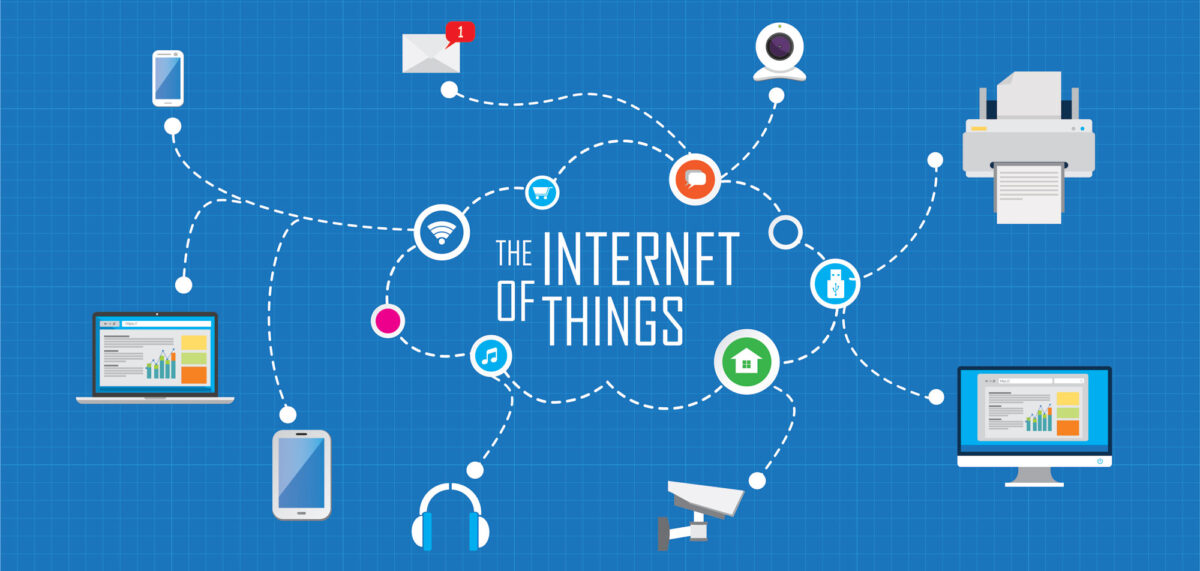What’s New at Kinetic: Building Smart in 2026
At Kinetic, we believe the future of Business Process Management isn’t bigger—it’s smarter.
Back in 2015, we published five predictions of how IT would change by 2020. So, how did we do? Let’s take a look.

Back in 2015, we published five predictions of how IT would change by 2020. So, how did we do? Let’s take a look.
Over the course of this week, we’ll publish one prediction and result per day. Yesterday’s post was Part 1: The Work.
In our original post, How IT Will Change by 2020 – Research from HDI, we elaborated on five topics of forecasting presented in Foresight Is 2020: Industry Predictions from the HDI Strategic Advisory Board, written by Roy Atkinson and Craig Baxter.
Here’s a look back at the second of the predictions made in that post five years ago, and our take on where we are actually at today.
2015 prediction: The Internet of Things (IoT) will open up new possibilities, supplying huge volumes of data that have a wide range of uses.
2020 reality: The IoT and industrial Internet of things (IIoT) weren’t new ideas in 2015, but they were still in their early growth stage. Gartner had added IoT to the Hype Cycle in 2011, and predicted then that “IoT would be able to reach the peak of the stage in 2014,” (which was, incidentally, the year Google acquired Nest).
Five years later, IoT has arguably surpassed those expectations. Household appliances (dishwashers, refrigerators, etc.) now commonly have their own IP addresses. The IoT market value is expected to reach $8.9 trillion this year.
The Apple Watch was an interesting curiosity when it was launched in 2015. This year, it and other IoT wearables will outsell the entire traditional watch industry.
Protocols have been developed enabling IoT devices to talk to each other, whether it’s controlling the lighting and temperature inside a home or office building from a mobile phone, or getting alerted when your security system detects unusual activity.
Post-pandemic, the IoT may have applications in ITSM such as checking a user into or out of a walk-up tech bar service location automatically based on the proximity of the employee’s smartphone (presumably in the employee’s possession).
Eventually, IoT or IIoT data may trigger workflow processes just as human service portal requests do today.
Conclusion: This technology has exceeded expectations, particularly on the consumer side.
How do you think we, and HDI, did with this prediction? Leave your thoughts in the contact form at the top of this page or reach out on Twitter if you’ve got feedback for us.
NOTE: These posts would not have been possible without the expert input of Kinetic Data’s director of customer services, Matt Howe.

At Kinetic, we believe the future of Business Process Management isn’t bigger—it’s smarter.

IT support automation uses software workflows, rule engines, AI/ML, and integrations to automate...

Business process reimagined is the strategic renewal of how work gets done by combining modern digital...